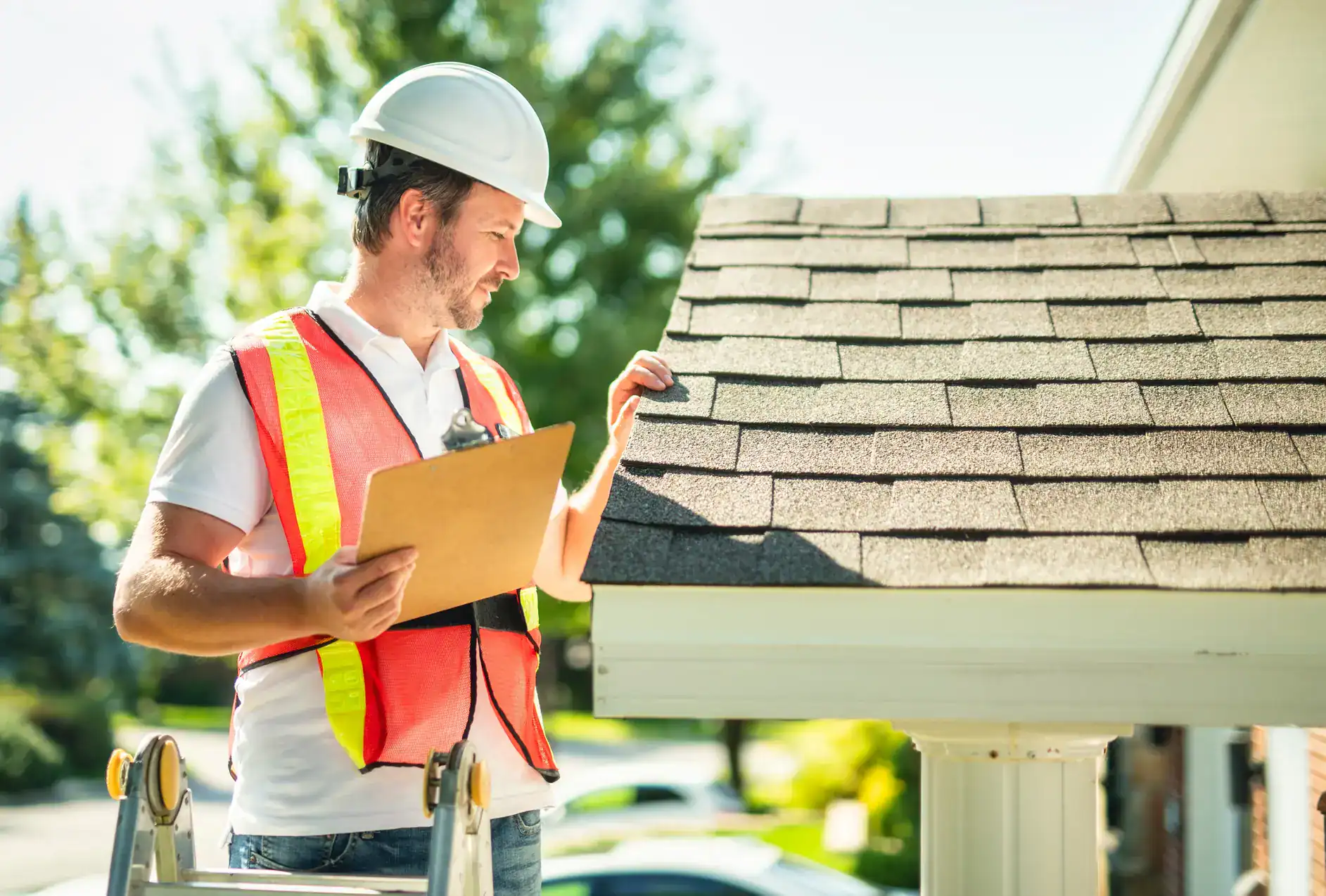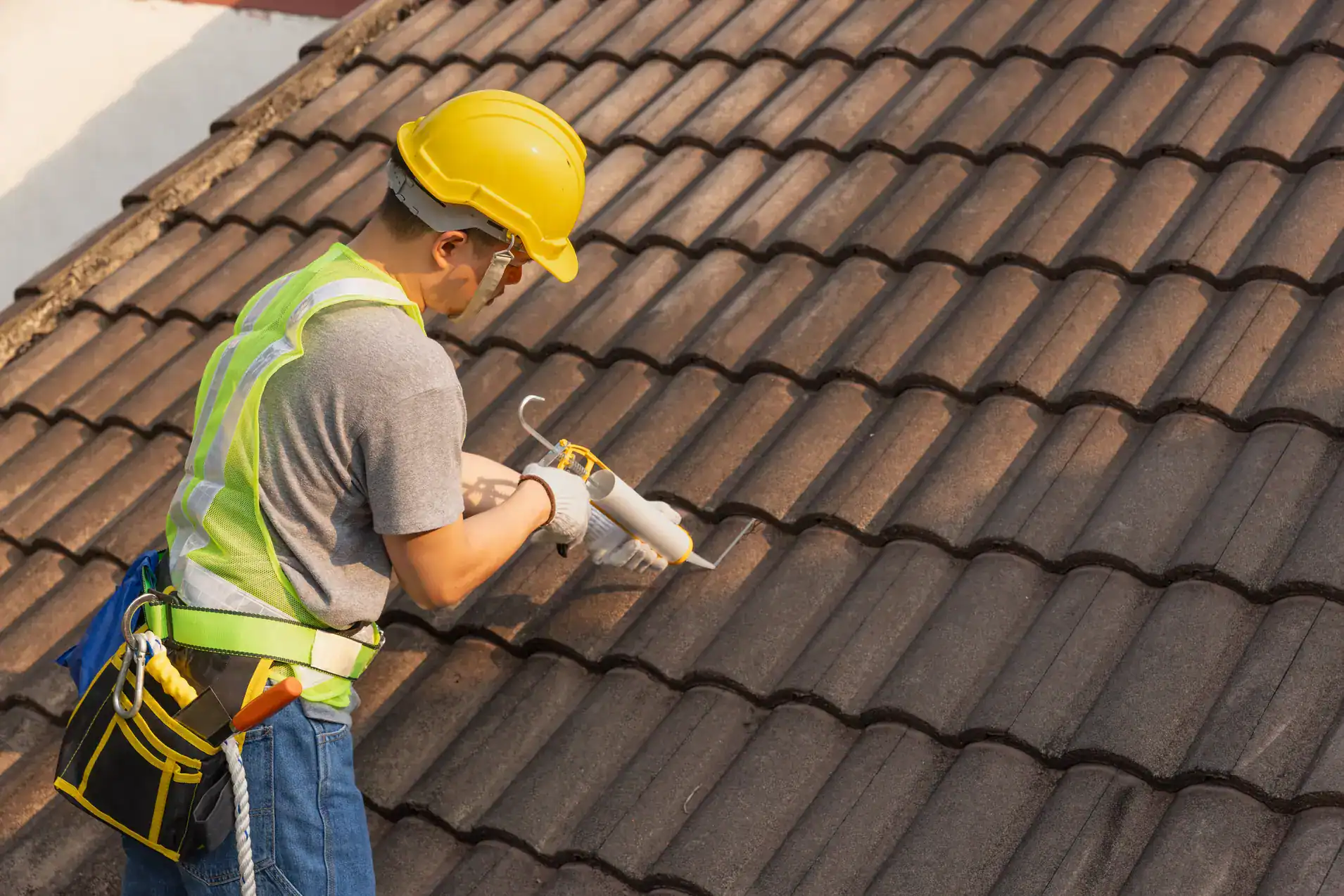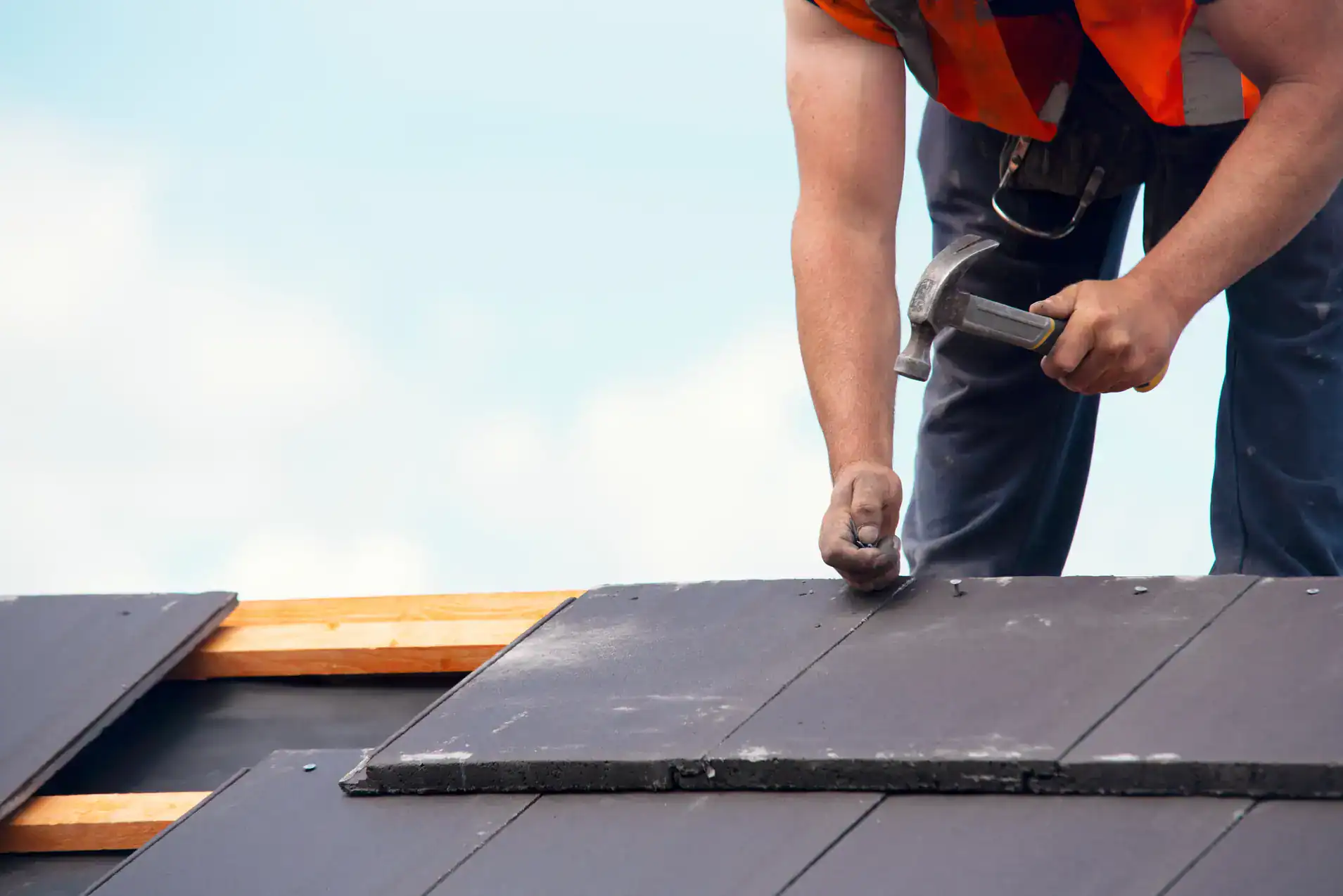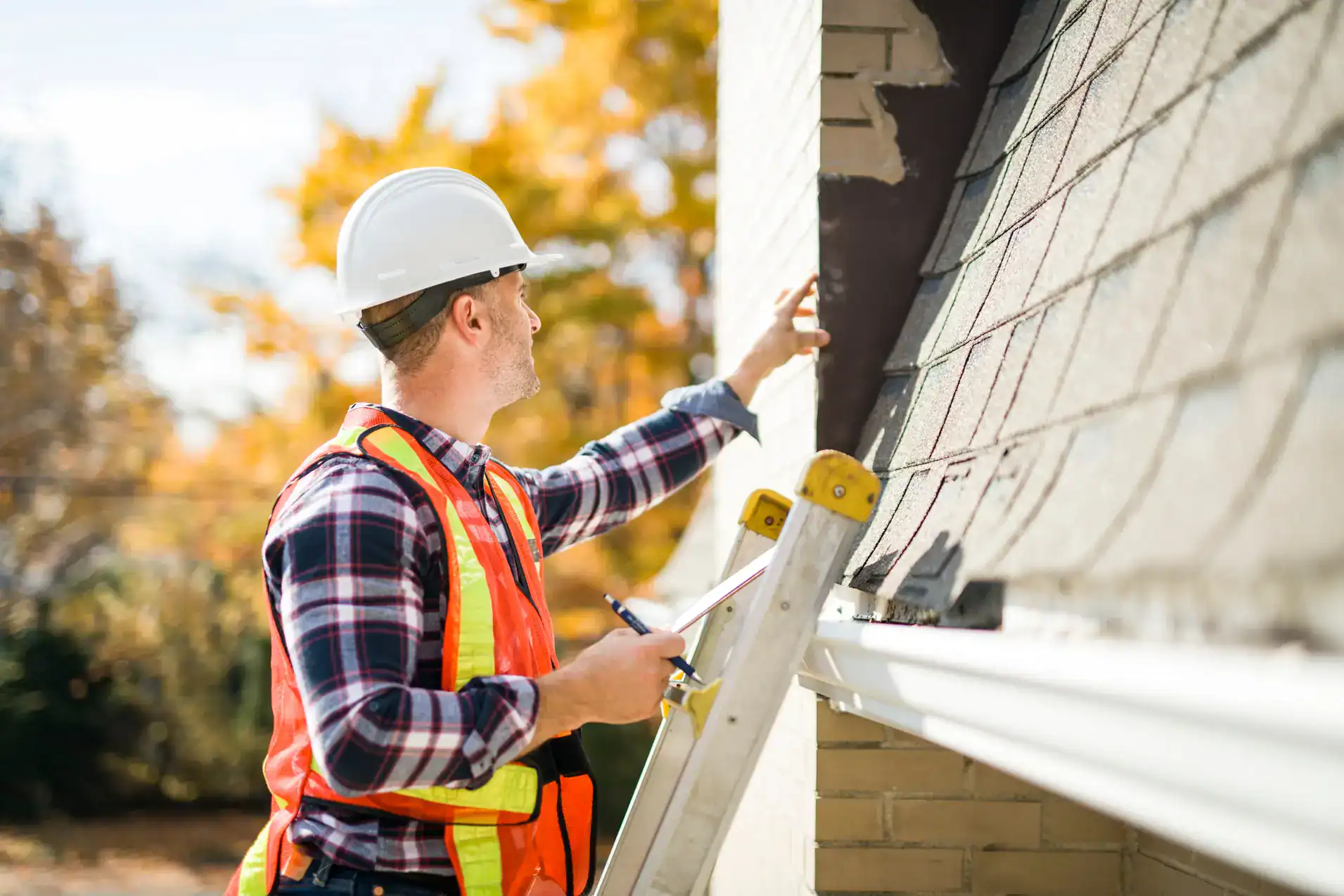When your roof needs attention, you need contractors who understand Long Island weather and get the job done right the first time.


You’re dealing with a roof that’s letting you down—maybe it’s leaking after the last storm, showing missing shingles, or just not protecting your home like it should. That’s stressful, especially when you’re worried about more damage happening while you wait for someone to fix it.
Here’s what changes when you work with contractors who actually know what they’re doing. Your roof gets repaired with materials that can handle Long Island’s coastal weather, from nor’easters to summer storms. The work gets done fast, usually within 48 hours, so you’re not sitting around wondering if the next rain will cause more problems.
Most importantly, you get peace of mind knowing the repair was done right. No more checking the ceiling for new stains or listening for drips during every storm.
Rich’s Construction has been handling roof repairs throughout Suffolk County for years, and we’ve learned a thing or two about what works in this area. Ronkonkoma sits right in the path of some serious weather—coastal storms, heavy snow loads in winter, and that salt air that eats away at inferior materials.
We’re not the contractors who show up, slap on a quick fix, and disappear. We use materials specifically chosen for Long Island’s climate, and we know the local building codes inside and out. When we repair your roof, it’s built to last through whatever weather comes next.
Our team has seen it all in this area, from hurricane damage to ice dam problems, and we know how to spot issues that other contractors miss.

First, we come out and actually look at your roof—not just from the ground, but a real inspection to see what’s going on up there. We’ll check for obvious damage like missing shingles or damaged flashing, but also look for the subtle signs that often lead to bigger problems down the road.
Next, we explain exactly what needs to be fixed and why. No confusing technical jargon or surprise add-ons. We’ll show you the problem areas and walk you through what we’re going to do to fix them permanently.
Then we get to work. We use quality materials designed for coastal conditions—things that won’t corrode from salt air or fail during the next big storm. Our repairs are done right the first time, with proper flashing, appropriate fasteners, and attention to the details that make the difference between a patch job and a real fix.

Ready to get started?
When you need roof repair in Ronkonkoma, you’re dealing with conditions that are tougher on roofs than many other areas. The salt air from being close to the coast corrodes metal components faster. The wind patterns around Lake Ronkonkoma can create unusual stress points on roofing systems. And the storms that roll through here—from summer thunderstorms to winter nor’easters—test every weak spot in your roof.
That’s why we don’t just fix the obvious problem. We look at your whole roofing system to make sure it’s ready for whatever Long Island weather throws at it next. We replace corroded flashing with materials that resist salt corrosion. We secure loose shingles with fasteners rated for high winds. We make sure your gutters are properly attached and sloped to handle the heavy rains we get here.
The goal isn’t just to stop the current leak or replace the missing shingles. It’s to give you a roof that performs reliably for years, even when the next big storm hits Ronkonkoma.
